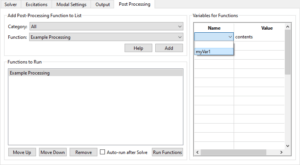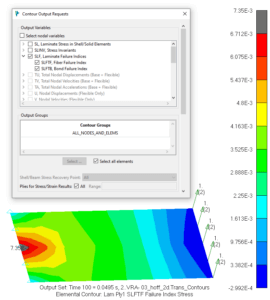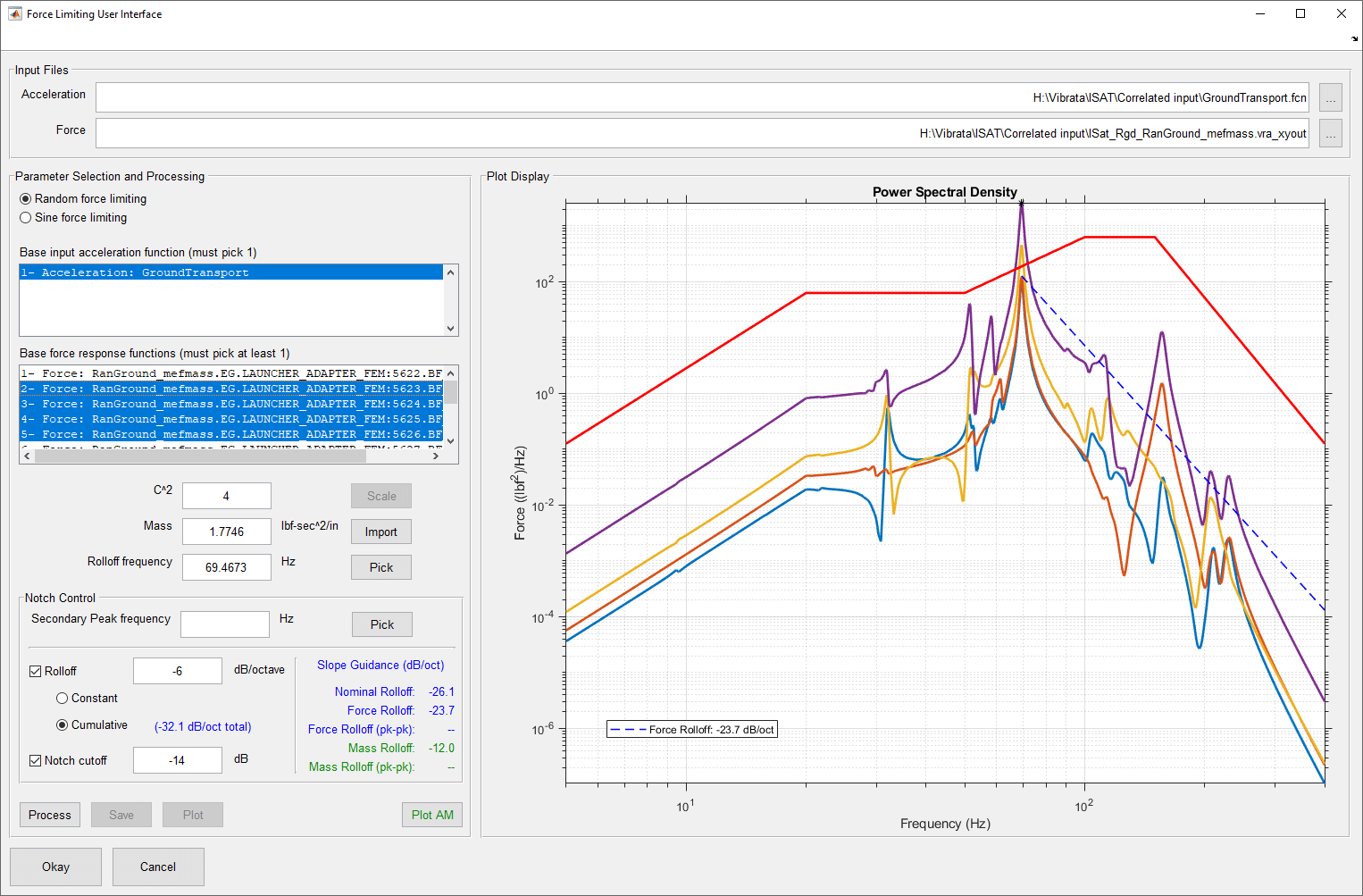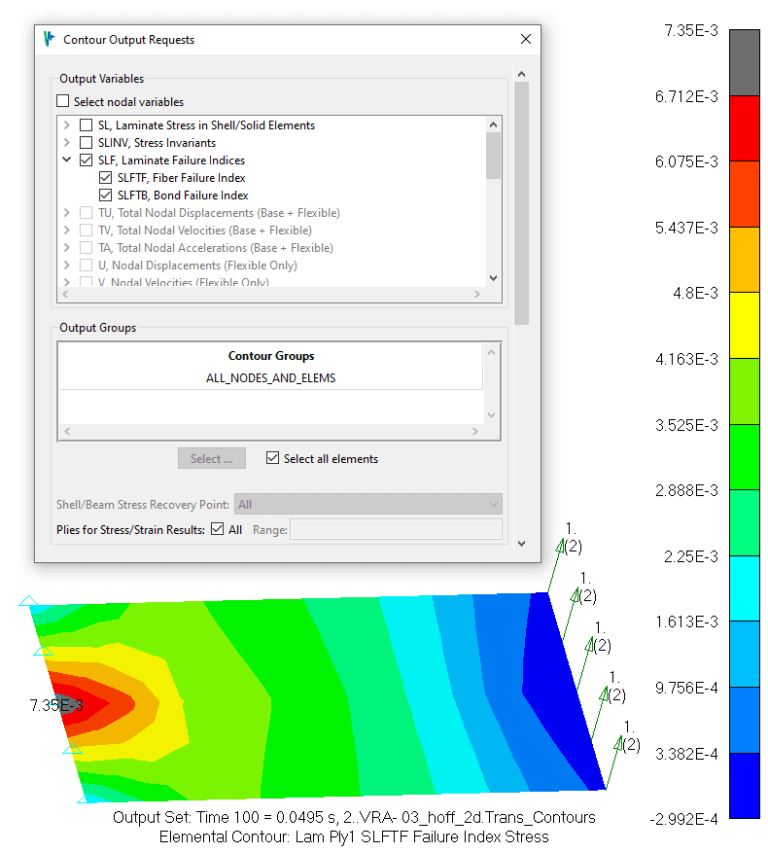Enhancements include new capabilities providing enhanced nonlinear support, postprocessing function customization, composite failure index calculation, and force limiting.
SAN DIEGO, Calif., December 7, 2021 – ATA is pleased to announce the release of version 4.0.1 of Vibrata. Vibrata is an advanced dynamic analysis software package designed to give Femap® users powerful response analysis capabilities. Vibrata allows users to easily define, solve, and display results for the most challenging dynamic simulations, and offers an easy-to-use interface and unlimited customization capabilities through its integrated MATLAB interface. This release brings a number of useful enhancements to Vibrata, including new capabilities providing enhanced nonlinear support, postprocessing function customization, composite failure index calculation, and force limiting.
New Vibrata Features:
Define custom nonlinear forcing functions
Vibrata now allows users to define custom nonlinear forcing functions to use with the modal transient solver. This is an important capability for anyone who wants to incorporate their own nonlinear models into their transient analysis: engineers can incorporate complex nonlinear modeling into the linear transient solver, customizing the nonlinear behavior to best represent the behavior they are trying to simulate, rather than having to rely on predefined models. These custom functions can vary with time, displacement, or velocity and are applied to chosen nodal degrees of freedom at each time step. Models using these nonlinear functions can be used to simulate gaps, displacement limiting, friction, and more.
Add custom postprocessing to the postprocessing toolbox
Vibrata is now set up to allow users to customize Vibrata even further by creating their own postprocessing functions to run at the completion of a solution. This capability allows users to process outputs as needed for their specific application. A Post Processing tab has been added to the user interface; here, users can choose which postprocessing functions to run and the order in which to run them, and provide any special inputs. Functions can be run immediately after a solution successfully completes, or they can be run interactively from the user interface.

Calculate failure indices for composite materials
Composites are standard materials in many applications, and composite analysts can now use Vibrata to determine whether their materials will survive transient events. Vibrata now includes the ability to calculate ply and bond failure indices for composite materials during modal transient solutions; the user provides material stress limits and chooses failure theories in Nastran prior to solving for modes, and Vibrata then reads this data from the OP2 file and allows the user to calculate failure indices.

Identify the best rolloff slope for force limiting
Force limiting is a useful way to prevent overtesting due to unrealistically high base reaction forces during a random or sine vibration test. NASA handbook NASA-HDBK-7004C describes a process for generating force-limited input, and this process has been encapsulated into an easy-to-use graphical interface in Vibrata. In this release, the interface has been enhanced to provide slope guidance by calculating rolloff slopes from both the force and apparent mass, helping the engineer decide on the best rolloff slope to use for their application using several different metrics.

We encourage customers to continue to send enhancement requests, as these help to make our product better.
Download Vibrata v4.0.1
If you’re a current Vibrata customer or ATA|Suite customer with at least six tokens, there is no cost for upgrading to v4.0.1. Customers can download the latest version here.
Vibrata 4.0.1 requires Femap (any version from 11.3.x to 2021.2.x) and supports MATLAB R2018b through R2021b. ATA is committed to providing new Vibrata releases in conjunction with new Femap releases so users can keep up to date.
Contact [email protected] for technical support.

